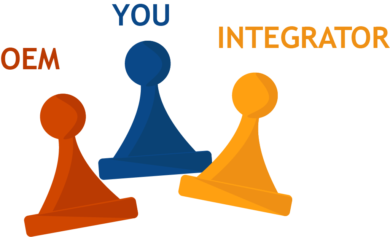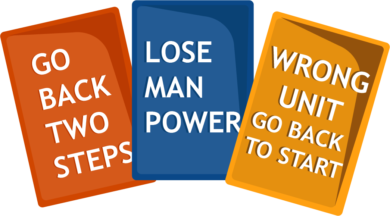Companies that specialize in the design and installation of foundries have many responsibilities. Creating systems that meet customer’s production requirements, while staying on time and in budget is a difficult job. Customers choose to use integrators because they lack the in-house engineering capabilities to do the work themselves. Plus, integrators have more experience, as this activity is what they do everyday. Even so things can, and do, go off-course.
Getting What You Want
Let me share two stories with you that I recently heard. The first coming from a customer that had just purchased an entirely new foundry line from a system integrator and yes, GK was part of their overall package. While reviewing the final installation, the customer became concerned about casting damage from the shakeout operation. We explained to them that during the bid process we had provided the integrator with technical and fact-based reasons for using our VIBRA-DRUM® Sand Casting Conditioner. Unfortunately, the integrator rejected this option as being outside their planned spec. Now, the customer is left frustrated, realizing higher than acceptable casting damage will be part of their reality. In the integrator’s push to commoditize the offerings, they removed value. In the end, the customer pays the price in terms of quality and scrap.
One Company for All
The second story comes from a customer considering a new line in Europe. This customer would like to choose particular manufacturers for each part of his process. He wants to choose a molding line from one company, material handling equipment from another, and have one integrator design and install the entire system for him. Unfortunately, the integrator that he would like to use wants to supply their own solution and equipment; machines that are, in the customer’s eyes, clearly not what he wants. His question to me:
“Why can’t I have the best equipment in my foundry without all this political nonsense? I just want the best solution.”
For all the good that they do, sometimes integrators can make decisions that negatively impact their customer. In the first example, the integrator had the opportunity to drive a solution based approach by figuring out the best technology and balancing total cost of ownership to meet customer expectations. Yet, they did not. They focused on making all suppliers and equipment appear the same based on price, electing to overlook the customer’s final product. This decision will negatively impact the customer’s bottom line. Listening to the customer, they are frustrated that they did not get what they wanted or what will be best for the long-term health of their business.
A Win-Win
In the second story, the customer still has a chance to get what they believe is the best solution. By doing the upfront work to know the differences in technological solutions offered by each company, they can now go to that integrator and specify the exact brands and pieces of equipment they would like in their foundry, but still rely on the integrator to complete the overall concept and execution. In this situation, all parties will win. The customer gets the system they really want, the integrator gets to execute delivery of a world-class facility, and the machine suppliers can supply the best technical solution for that foundry’s particular needs.
Working with foundry integrators is a great way to get your new foundry project designed and running. However, doing your homework and understanding what is being proposed and what you are buying is necessary so you don’t end up disappointed down the road. Being involved up front will help set the tone and make your next project a success.








